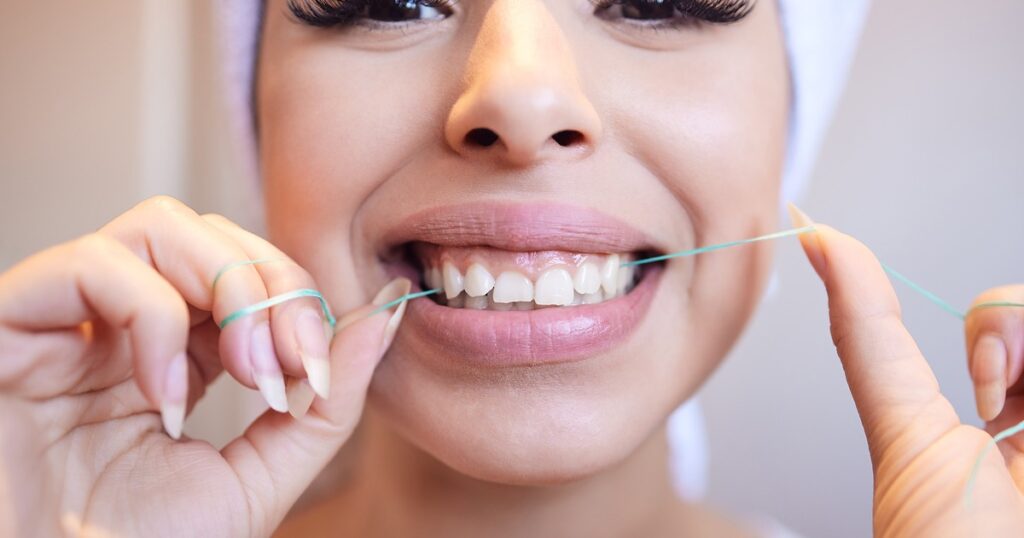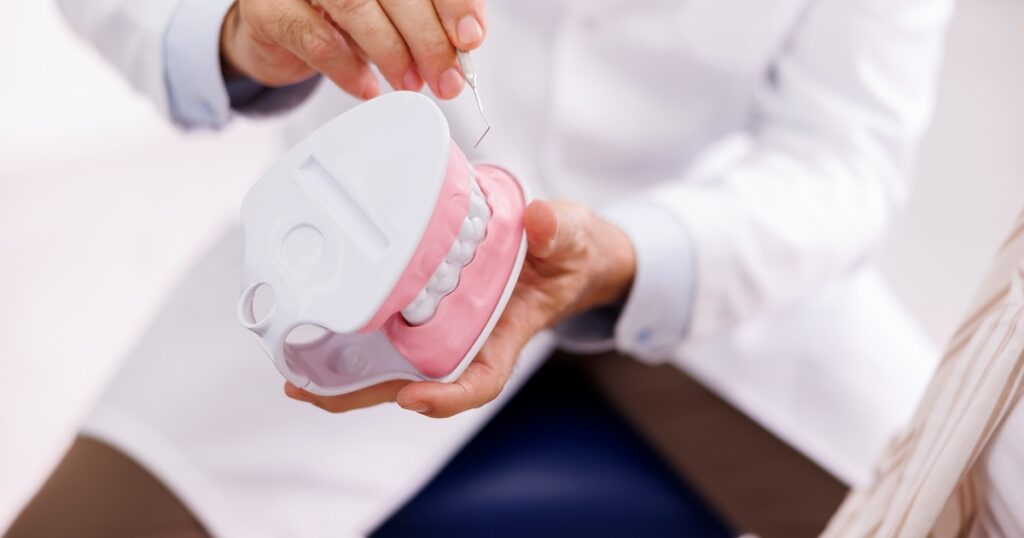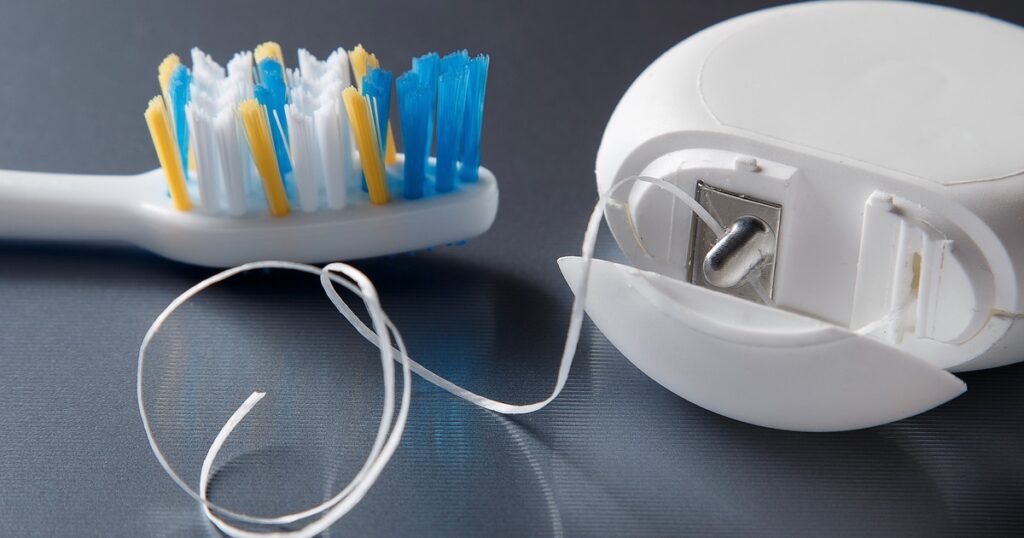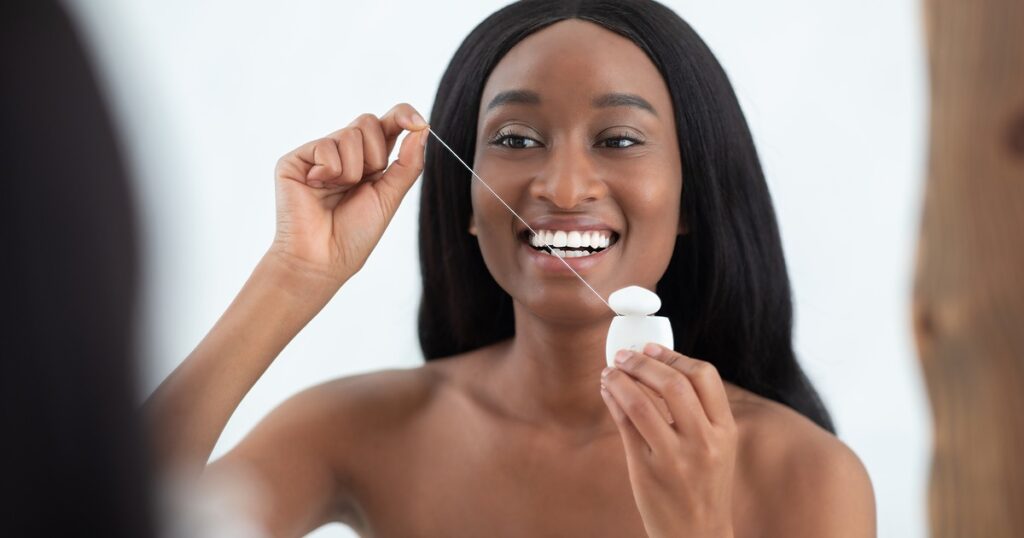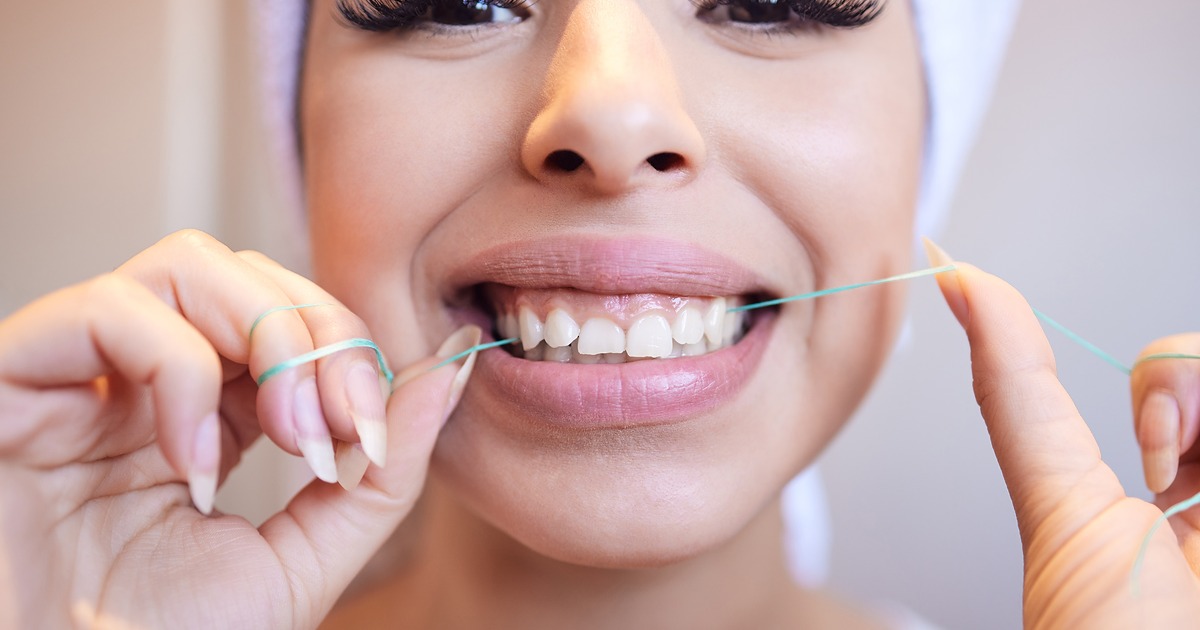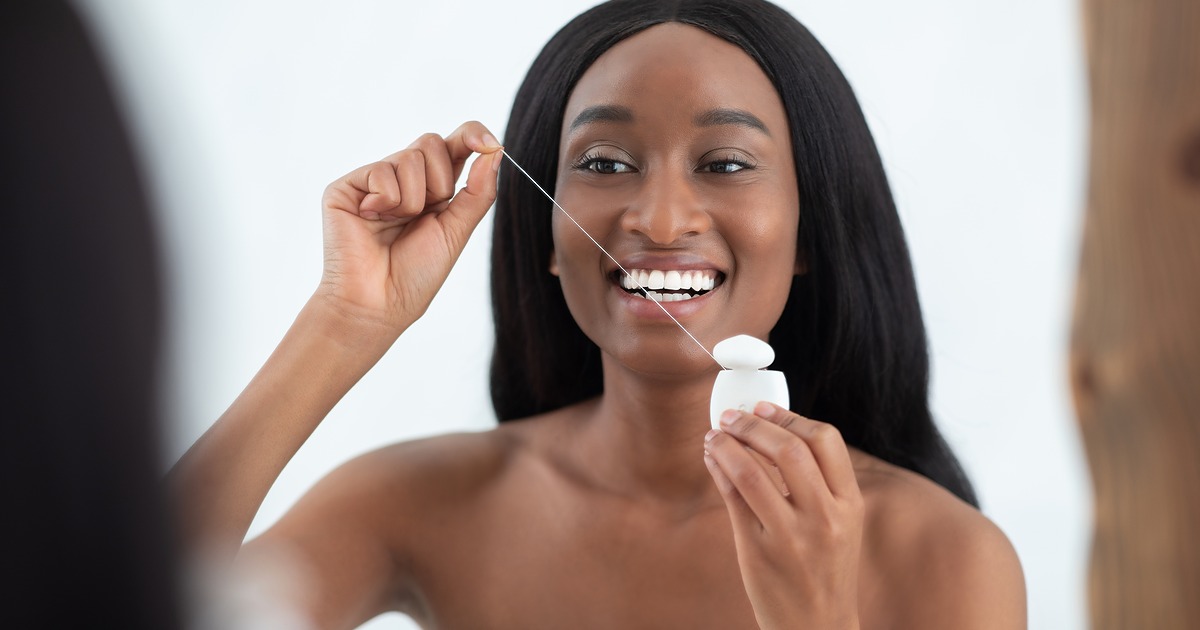Dentist’s Guide to Flossing Teeth: Why It Matters and How to Do It Right
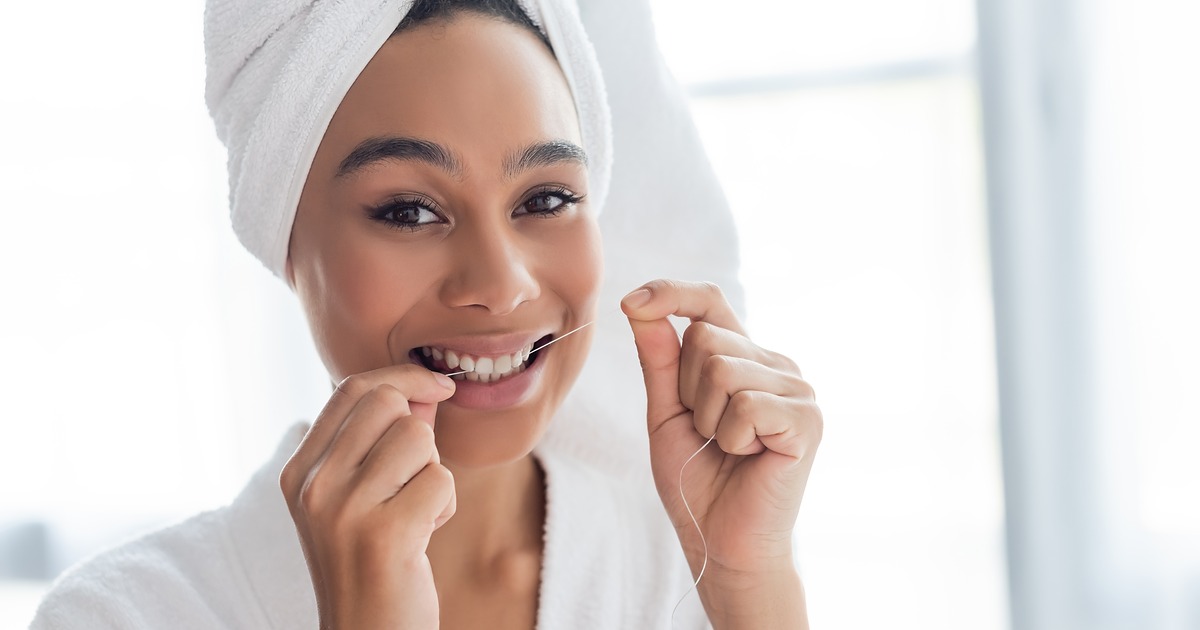
Flossing is one of the most important steps in oral hygiene, yet it’s often the most overlooked. While brushing twice a day keeps the surface of your teeth clean, brushing alone cannot remove all food particles and plaque between teeth. That’s where flossing comes in.
Dentists around the world agree: flossing daily is essential for preventing cavities, gum disease, and bad breath. In this comprehensive guide, we’ll cover why flossing matters, how dentists recommend you floss, the benefits of proper technique, and the common mistakes people make. A complete flossing routine means knowing all the details. Learn How to Floss Back Teeth and Molars, understand Should You Floss Before or After Brushing?, find out Can You Floss Too Much?, and manage gum health with How Many Times a Day Should You Floss with Gingivitis.
✅ Why Flossing Is So Important
Brushing only cleans about 60% of your tooth surfaces. The remaining 40%—the tight spaces between your teeth—can only be cleaned with floss. Without flossing, bacteria thrive in these hidden spots, leading to:
-
Plaque buildup → sticky film of bacteria on teeth
-
Tartar formation → hardened plaque that brushing can’t remove
-
Cavities → tooth decay between teeth
-
Gum disease → inflammation, bleeding, and even tooth loss
-
Bad breath (halitosis) → caused by bacteria and trapped food particles
Dentists emphasize that flossing is not optional; it’s the key to complete oral health.
🧑⚕️ What Dentists Say About Flossing
Most dentists follow the American Dental Association (ADA) guideline:
-
Floss once a day
-
Floss before brushing for maximum fluoride coverage
-
Use about 18 inches of floss to avoid reusing the same section
Dentists often say: “You don’t have to floss all your teeth—just the ones you want to keep.”
🪥 Step-by-Step: Dentist-Approved Flossing Technique
Here’s how dentists recommend flossing properly:
-
Take 18 inches of floss and wind most of it around each middle finger, leaving 1-2 inches of floss to work with.
-
Hold floss tightly between your thumbs and index fingers.
-
Gently guide the floss between teeth using a back-and-forth motion.
-
Curve the floss into a “C” shape against the tooth and slide it under the gumline.
-
Use a clean section of floss as you move from tooth to tooth.
-
Be gentle—snapping floss into gums can cause injury.
🦠 Flossing and Gum Disease Prevention
One of the biggest benefits of flossing is gum disease prevention. Early-stage gum disease (gingivitis) can cause:
-
Red, swollen gums
-
Bleeding when brushing or flossing
-
Bad breath
Without treatment, gingivitis can progress to periodontitis, which damages the bone supporting your teeth. Flossing removes bacteria that brushing misses, keeping gums healthy and reducing inflammation.
🧴 Types of Floss Dentists Recommend
Not all floss is the same. Depending on your teeth and gums, dentists may recommend:
-
Waxed floss → easier to slide between tight teeth
-
Unwaxed floss → thinner, good for narrow gaps
-
Dental tape → broader and flatter, great for wider spaces
-
Flavored floss → makes flossing more pleasant, especially for kids
-
Floss picks / holders → convenient, but may not clean as thoroughly as string floss
-
Water flossers → use water pressure to clean, ideal for people with braces or gum sensitivity
❌ Common Flossing Mistakes
Many people floss incorrectly. Dentists warn against these common mistakes:
-
Flossing too hard → can cut gums and cause damage
-
Not flossing daily → bacteria regrow within 24 hours
-
Using the same floss section → spreads bacteria
-
Snapping floss into gums → leads to pain and bleeding
Consistency and gentle technique are the secrets to effective flossing.
🕒 When Is the Best Time to Floss?
Dentists recommend flossing before bedtime, since your mouth produces less saliva at night, making it easier for bacteria to multiply. Flossing at night removes food and plaque before you sleep, giving your mouth a fresh start.
Some dentists suggest flossing before brushing so that fluoride from toothpaste can reach between teeth more effectively.
💡 Flossing for Kids and People with Braces
-
Kids: Parents should floss their children’s teeth as soon as two teeth touch. Kids often need help flossing until about age 10.
-
Braces: Traditional floss can be tricky with braces. Dentists recommend floss threaders or water flossers for easy cleaning.
🚨 What Happens If You Don’t Floss?
Skipping flossing doesn’t show consequences right away, but over time, it can lead to serious problems:
-
Persistent bad breath
-
Cavities between teeth
-
Gum bleeding and swelling
-
Periodontal disease
-
Tooth loss
Dentists often see patients who brush daily but skip flossing—and most of them have gum problems by middle age.
🧠 FAQs About Flossing
1. Is it okay to floss twice a day?
Yes, but once a day is enough for most people.
2. Can flossing damage gums?
Only if done aggressively. Gentle, correct flossing is safe.
3. Should I floss before or after brushing?
Dentists recommend flossing first, then brushing.
4. What if my gums bleed when I floss?
Mild bleeding is common at first and usually stops after a week of daily flossing. Persistent bleeding means you should see a dentist.



